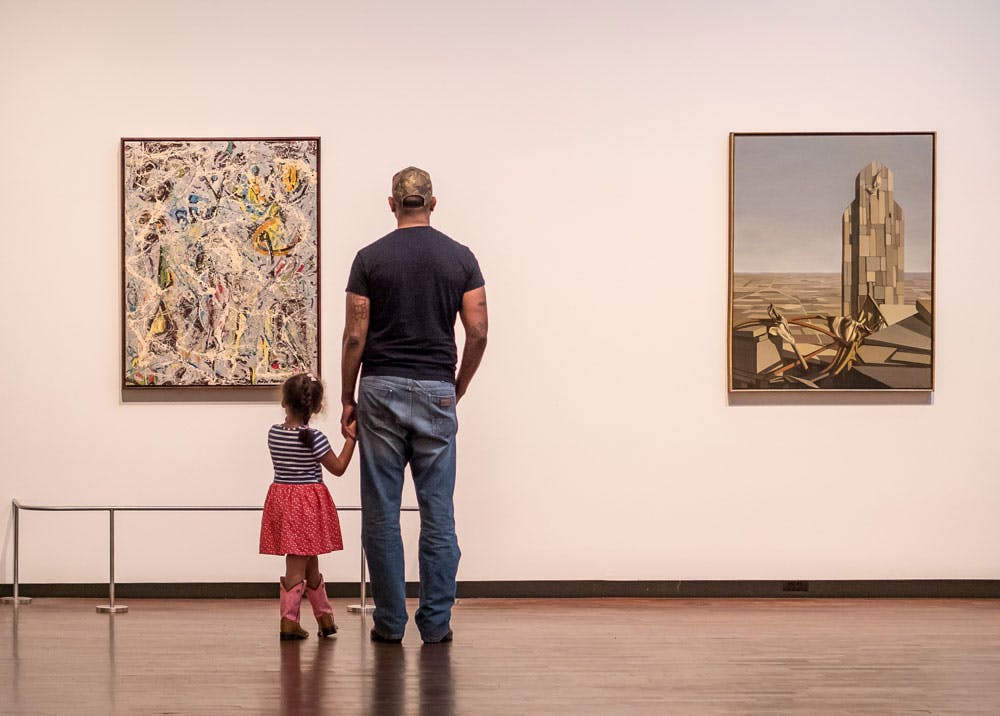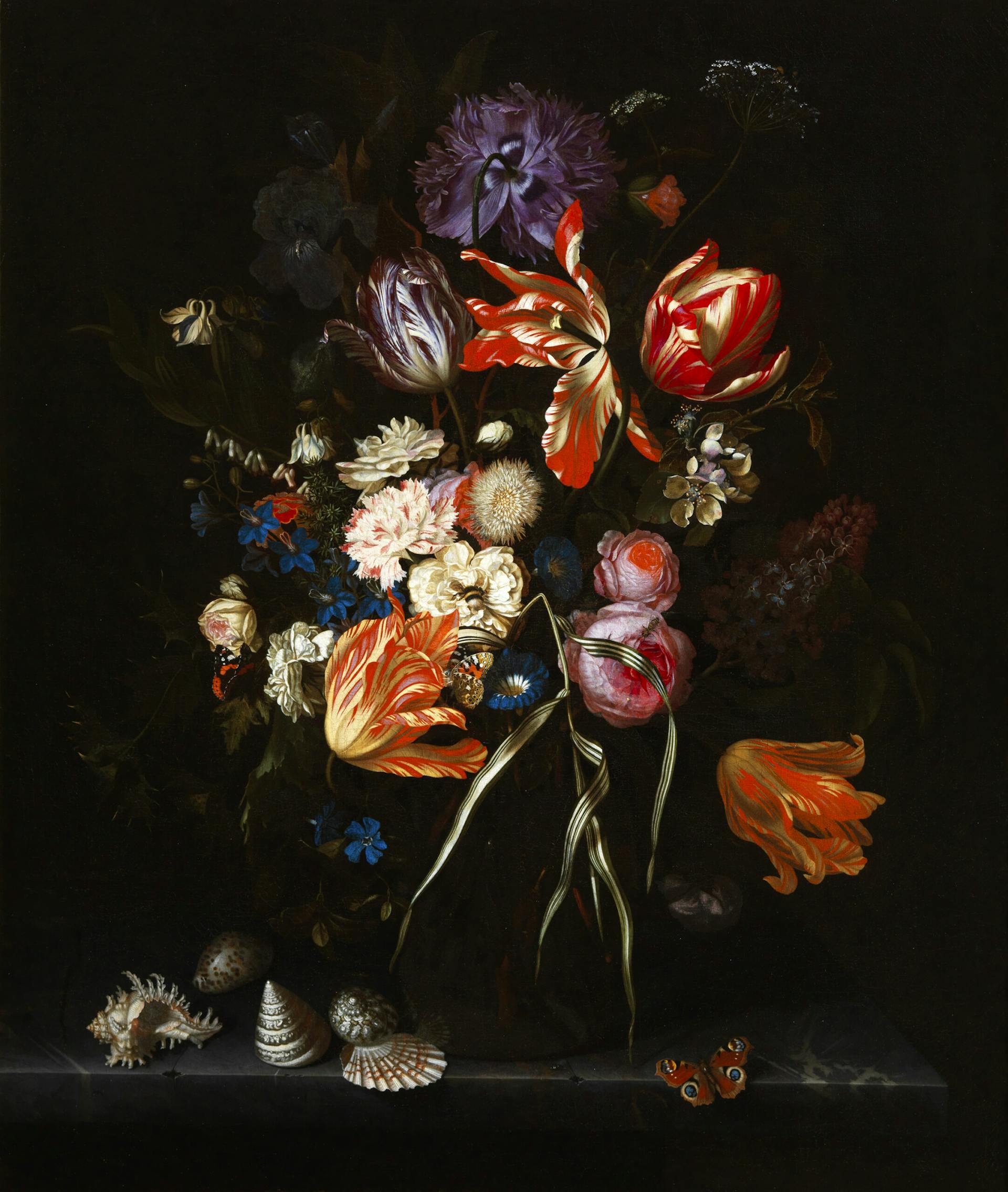
We are delighted to announce that the Joslyn Art Museum will reopen on Tuesday, September 10, 2024. 5,000 years of human creativity in art across three buildings; 100 works new to the collection on view; four outstanding exhibitions; one stunning new building. Free general admission to all, always. Your Museum, reimagined.
Estamos encantados de anunciar que el Museo de Arte Joslyn reabrirá sus puertas el martes 10 de septiembre de 2024. 5,000 años de creatividad humana en el arte a través de tres edificios. 100 obras nuevas en la colección. Cuatro extraordinarias exposiciones. Un impresionante edificio nuevo. Entrada general gratuita para todos, siempre. Su museo, reimaginado.



